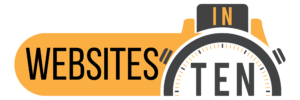Building a Website Articles
The building a website articles below explain the pieces necessary for building a website from scratch. In addition, they clarify terminology and how the parts can be used together. Finally, the articles detail how WordPress makes this process much easier. Read, learn, and begin the creation of your own website!
What Are Domain Names?
Domain names map websites names, through a Domain Name System (DNS), to actual locations called Internet Protocol (IP) addresses, on the Internet. IP addresses are a series of numbers and periods that point to every computer or resource on the Internet. These numbers are long and hard to remember. As a result, domain names make these addresses easier to remember and more meaningful to users. The host that connects your website to the Internet is a computer connected to the Internet. Subsequently, the Domain Name System (DNS) associates your domain name to this computer’s IP address.
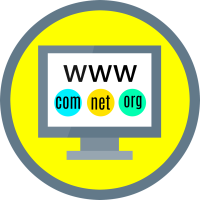
Hosting and Websites...How Does It Work?

Web hosting is the process of storing, maintaining, and serving files from a website connected through the Internet. When a user types a web address or universal resource locator (URL) into a web browser, it is the host that supplies the requested files from the website to the user’s browser.
Connecting directly to the Internet and serving files from a website requires a fast connection. However, high speed connections are expensive and out of range for the budget of many individuals and small businesses. Consequently, setting up servers and connections necessary to host a website on their own is not realistic for many. Hosting companies provide a way to share the cost of these high speed Internet connections among many users. As a result, this reduces the cost for any individual user.
In technical terms, WordPress is a free, open source, content management system (CMS). It was developed by many contributors over many years time. In real terms, it is probably the easiest, blogging and website builder program available today. Furthermore, it works well for beginners and experienced website developers alike. Requiring no coding or coding experience, it can therefore be learned quickly and used by anyone regardless of experience level. By 2021, it was installed and used on over 40% of the Internet’s top ten million websites.
WordPress is written in the PHP programming language. Paired with the MySQL or MariaDB database in the background, it is made easy through themes and plugins. It is installed on most hosts and ready to be installed on users’ websites using easy, one-click installers. Themes allow users to customize the general look for a website and enter content in a “template” format. In addition, plugins developed by third parties allow users to customize the function of a website to fit almost any need.
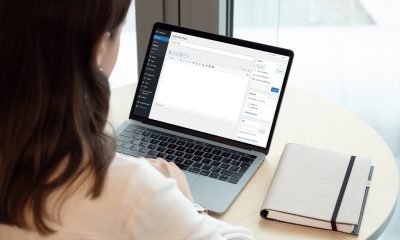
WordPress Themes
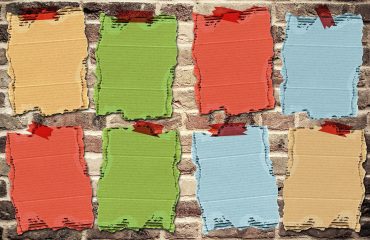
WordPress themes control the look and feel of a website. They give the website its visual design. Every website created with WordPress must have at least one theme. Some themes are niche specific while many are multi-purpose and are used to design many types of websites. Regardless of use, WordPress themes have things in common that are used to design a website.
Pages of a WordPress site are often divided into areas where things appear. Headers appear at the top of each page; footers at the bottom. The page is divided into columns. For example, a menu might appear in the left column and content in the middle column. Finally, “widgets” that display events, galleries, social media, etc. might appear in the right column. The theme controls where these areas appear and the general layout of the pages.
WordPress Plugins
Much of the power of WordPress comes from its ability to add WordPress plugins. These plugins are pieces of software code that add additional capabilities to a WordPress site. These capabilities also add features to a website or make using WordPress easier. In addition, plugins help site owners analyze traffic and appear better to search engines. Plugins can be simple or complex. Many are free. Premium plugins have a free or trial version and a premium pay or subscription version. In this building a website article, we look at some of these plugins.
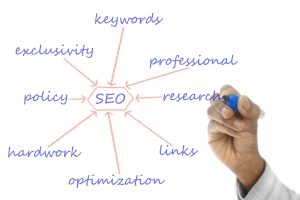
Customizing the OceanWP WordPress Theme

WordPress themes give a website its look and feel. However, websites often use the same theme, yet look and function very differently. It is the ability to customize the theme that facilitates this transformation. Some themes are more flexible than others. Consequently, many types of websites use these themes. OceanWP is one such theme. It is easy to customize with many user controlled features. As a result, many websites use this theme. This website uses OceanWP and it is the focus of the examples shown here. OceanWP is available from WordPress.org and is downloaded and installed from the WordPress dashboard.
Home Page Design
Two things make the home page design important to a website. First, it is the first page many people see when they enter your website. Secondly, it presents the look and feel for your entire website. The home page points the user to important places, features, and information on the website. It begins the interaction with visitors to a site. In addition, it establishes your credibility with visitors and gives them a concise look at who you are. Finally, it engages visitors, tells them where to start and links them to what they’re looking for. A typical home page contains some or all of the elements discussed here.

Building a Page Header for a Website
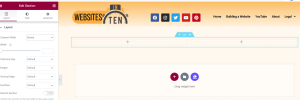
A page header appears at the top of pages of a website. Therefore, it acts as a website heading but also contains branding logos, navigational menus, and contact information. Furthermore, it may be a small band at the top or the entire area above the fold. Traditional page headers look the same from page to page. As a result, they give users a way to navigate between pages of the website as well as back to the home page. Finally, page headers also act as branding and identify pages as part of a website.
Using Elementor to Add Content and Style a Web Page
Elementor is a popular page-builder plugin for WordPress. It uses drag-and-drop capabilities to add and edit content. As a result, page designers see the result of their additions and edits as it occurs. In addition, Elementor creates code to accomplish this in the background so the user needs no knowledge of coding.
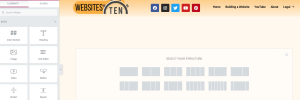
Using WordPress Duplicate Page Plugins to Add Pages

The look of a website is generally established by the look of the homepage. Therefore, a good way to create additional pages is to use one of the WordPress duplicate page plug-ins. In addition, these plug-ins make exact copies the homepage or other pages as needed. Subsequently, they are edited to replace old content with new content. Consequently, new content can be created quickly and while keeping the look of the original site.
There are several advantages to doing this. First, the header and footer will be copied automatically. Secondly, the colors and look of the site will be copied. This includes the font colors and sizes as well as background colors on the page. Finally, the placement of the elements on the page are preserved. As a result, elements can be easily duplicated, moved, or removed as needed.
